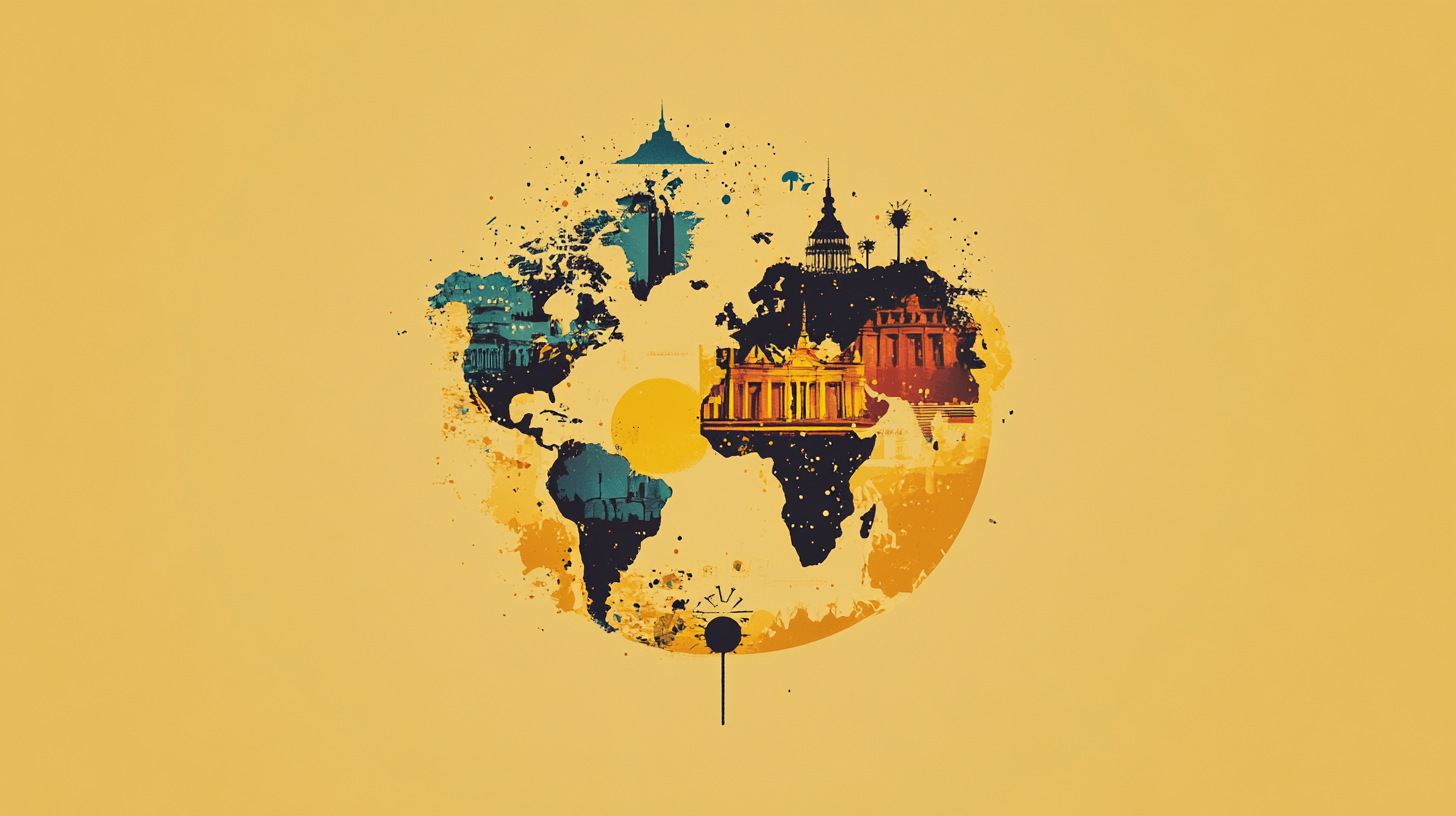The “Cultural Appropriation” Crusades
I’ve often heard the term “cultural appropriation” used like a verbal sledgehammer whenever someone adopts a tradition or style from a culture not their own. On the surface, it sounds like a moral stance against exploitation, but if we take a deeper look, we can see that most cultural borrowing is part of a natural, unstoppable evolution. Humans have traded goods, art, and ideas since ancient times, leading to the fusion of customs that shape our societies today.
Click here to read the full story for free
Consider the global spread of cuisines. Chinese stir-fry techniques appear in restaurants around the world, Italian pasta is found nearly everywhere, and curry has become a beloved dish far beyond South Asia. No single culture holds a monopoly on its traditions, and each borrowed element is usually adapted and reimagined, giving rise to new (and delicious) variations.
This is part of how we evolve: We pick and choose what resonates with us, and in doing so, create something fresh.
My second point is that cultures are never stagnant. Samurai warriors inspired Western fashion in the 19th century through art and travel, and Japanese anime in the modern era has shaped animation worldwide, with Japan losing its monopoly just recently.
Expecting a culture to remain “pure” is not only unrealistic, it goes against thousands of years of recorded history. We can share and remix each other’s heritage because that’s exactly what humans do — we learn from one another and keep pushing boundaries.
My third point is that calling cultural borrowing “appropriation” overlooks how real assimilation happens slowly across generations. None of us live long enough to see a culture fully transform and adopt foreign elements from beginning to end. We’re just tiny parts of a grand continuum that started long before we were born and will continue after we’re gone.
What seems like “appropriation” to some might just be the early or middle phase of a cultural blend that eventually becomes unremarkable to future generations. You just won’t get to see it fully blossom, and yelling “APPROPRIATION!” won’t slow down this process.
Perhaps we should focus our energies on fighting real issues.
Of course, respect matters. Mocking sacred traditions is never okay, and we should acknowledge the people whose contributions we benefit from. But to claim every instance of borrowing is appropriation often misses the bigger picture: We thrive on the cross-pollination of ideas. True culture is fluid, messy, and beautifully interconnected — a tapestry woven from countless influences.
When we slam cultural exchange with the label “appropriation,” we shut down curiosity and dialogue.
In the end, cultures have always borrowed from one another, and they always will. Perhaps if we stop fixating on “cultural appropriation” and embrace the messy, glorious process of cultural blending, we’ll unlock a deeper understanding of how human creativity truly works. After all, none of us will be around long enough to see a culture fully evolve, but we can at least appreciate the ongoing symphony of change while we’re here.




